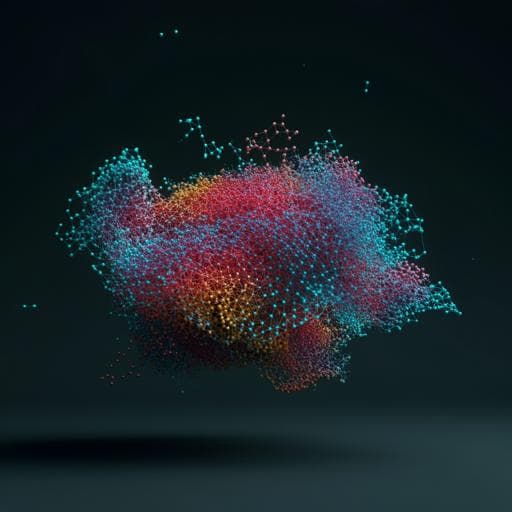
Biology
B-SOID, an open-source unsupervised algorithm for identification and fast prediction of behaviors
A. I. Hsu and E. A. Yttri
Get ready to uncover the secrets of animal behavior with groundbreaking research by Alexander I. Hsu and Eric A. Yttri. Introducing B-SOID, an unsupervised algorithm that revolutionizes the identification of behaviors through spatiotemporal pose patterns. This innovative approach not only enhances processing speed but also breaks barriers in studying pain, OCD, and movement disorders in various models.
~3 min • Beginner • English
Related Publications
Explore these studies to deepen your understanding of the subject.







